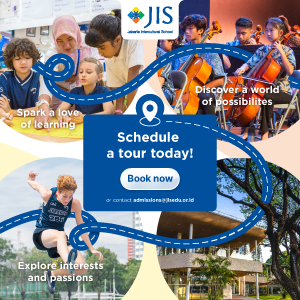The Philippines is an island-hopping paradise. Regardless of the number of hours you passed to traverse, you are guaranteed to feel energised once you step out of the plane.
Over 7,000 charming islands are to select from. A wide range of tourist destinations is at one’s fingertips. Would you like to dive into the deep sea, be one with nature, be a total beach bum, dwell in the rich historical landmarks, and/or take part in the cultural attractions? These are all possible in the Philippines.
Here are some of the best tourism destinations in the Philippines that you should include in your itinerary: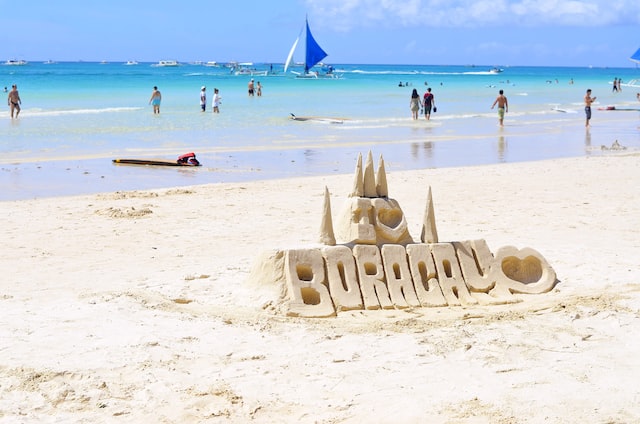
Boracay Island
Boracay, in the Western Visaya region of the Philippines, is a well-known tourism destination famed for its stunning powdery white sand and crystal-clear waters. The island’s magnificent landscapes are also home to a variety of flora and fauna, including rich marine life.
Experience the island’s splendour firsthand with countless exhilarating pursuits and adventures waiting to be discovered on this idyllic island sanctuary. This world-renowned tourist destination is only less than an hour’s flight from the capital, Manila. Feel the wind on your face as you ride the waves with elegance. Adrenaline junkies can try paddleboarding on the beach, kite surfing, snorkelling, scuba diving, banana boat, helmet diving, and even parasailing.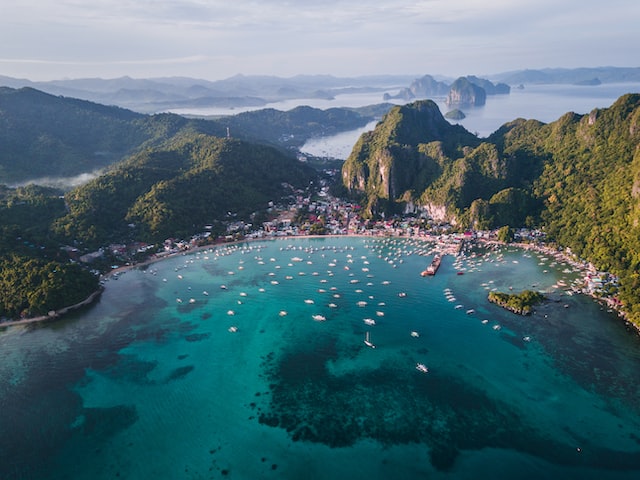
Palawan
Anyone who sees themselves endlessly swimming, island hopping, and diving is highly encouraged to visit the Philippines’ largest island province, Palawan. Palawan is frequently regarded as the “Best Island in the World” by travel magazines, making it a must-visit destination. Aside from its picturesque white sand beaches and islets, Palawan is home to dramatic towering limestone cliffs as well as shipwreck sites that contribute to the uniqueness of this island.
Around 1,700 islands and islets are dispersed across Palawan’s four main destinations: El Nido, Puerto Princesa, Coron, and San Vicente. The Puerto Princesa Subterranean River National Park, often known as the Underground River, is a UNESCO World Heritage Site and one of the New Seven Wonders of Nature. Check out the shipwrecks and crystal blue lagoons of Coron, located near the northern point of the island. Moreover, San Vicente is the Philippines’ longest beach and home to the famed beach town of Port Barton.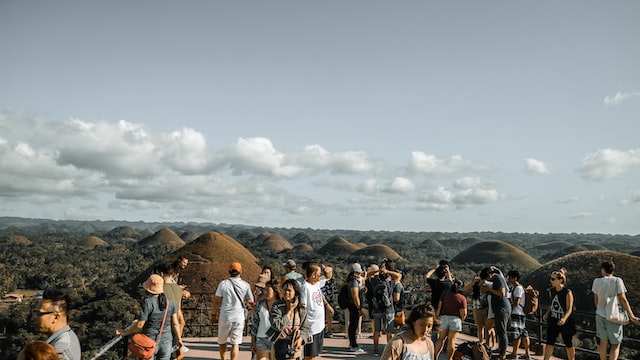
Chocolate Hills
The Chocolate Hills are a geological formation located in Bohol province covered in grass. Approximately 1,260 Chocolate Hills are in Bohol, however, it has been estimated that there are up to 1,776 Chocolate Hills spread throughout an area of 50 square kilometres.
Based on science, the Chocolate Hills were remarkably produced by the uplift of coral deposits, as well as the action of rainwater and erosion that ultimately turn the grass brown during the dry season, giving them the appearance of chocolate mounds. Several tales are told about the origins. According to mythology, two warring giants were tossing stones and sand, which produced the Chocolate Hills mounds. A more romantic story depicts a giant who falls in love with a human girl. After the human died, the giant wept, and his tears transformed into the Chocolate Hills.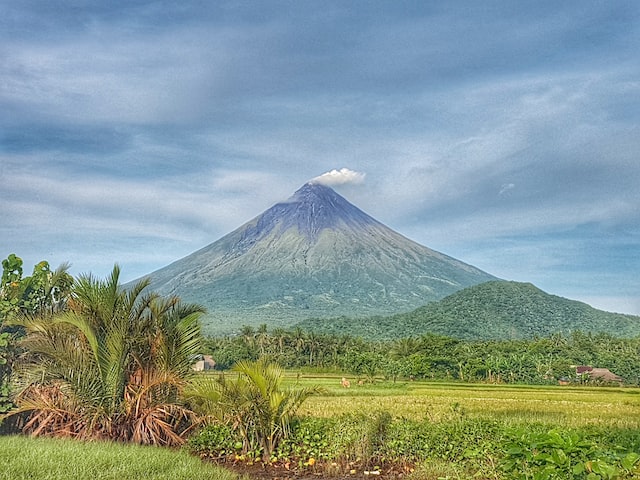
Mayon Volcano
Mayon Volcano is an active volcano. Because of its symmetry, it’s known as the world’s most perfect volcanic cone. It has a base circle of 130 kilometres and rises to 2,462 metres from the coasts of Albay Gulf.
Despite it considered one of the most active volcanoes in the Philippines, the volcano is the focal point of Mayon Volcano National Park, which is popular with climbers and campers. Mayon is the most prominent landmark and the tallest point in the Philippines’ Albay province and Bicol Region.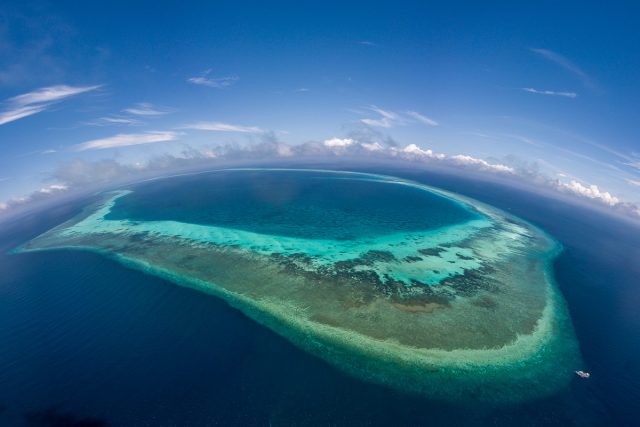
Tubbataha Reef
Tubbataha Reef is a UNESCO World Heritage Site located in the Sulu Sea encompassing 96,828 ha, which includes the North and South Atolls, as well as the Jessie Beazley Reef. The North Islet serves as a nesting spot for birds and sea turtles, making it a one-of-a-kind example of an atoll reef with a high density of marine species. With a stunning 100-metre perpendicular wall, large lagoons, and two coral islands, the location is a superb example of a virgin coral reef.
A wide variety of aquatic life may be seen on the site. Among the important species found here are whales, dolphins, sharks, turtles, and Napoleon wrasse. The reef ecosystems sustain around 360 coral species and about 700 fish species. The reserve also safeguards one of the region’s last breeding seabird populations.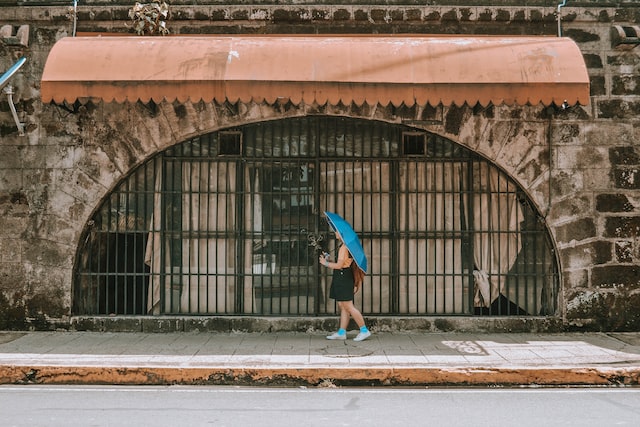
Intramuros
Intramuros, also known as the Walled City, is located in the heart of Manila. As the city’s oldest area, this was historically the centre of the Spanish administration during their colonisation of the Philippines. The old wall construction and gates are still visible to this date.
Discover the popular historic cathedrals, Manila Cathedral and San Agustin, in the Walled City. The other place to visit in Intramuros is Fort Santiago, which includes the historic fort and the Rizal Shrine, a tiny museum devoted to the life and works of the national hero, Jose Rizal. 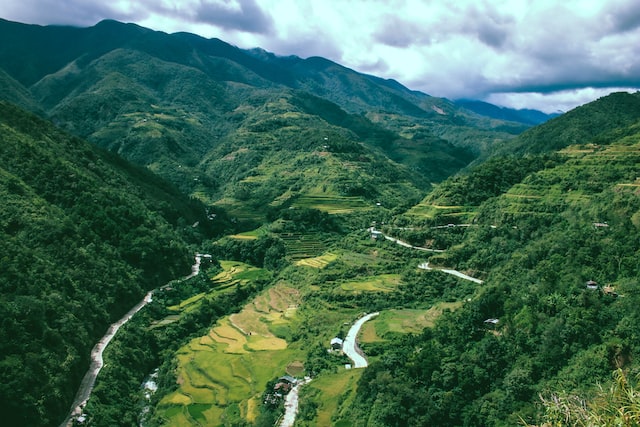
Banaue Rice Terraces
The Banaue Rice Terraces are a UNESCO World Heritage Site located in the Cordillera Mountains in the northern Philippines. Locals refer to these terraces as the “Eighth Wonder of the Modern World,” and they are believed to have been carved into the slopes and hillsides by the ancestors of the local indigenous Ifugao tribes around 2,000 years ago.
These terraces are also believed to be carved largely by hand and with little or no equipment. There are level steps on sloping terrain, allowing people to grow and harvest rice today. Not only are the surrounding views stunning and enticing, but there are also some excellent hiking routes to explore. Mingle with the friendly indigenous tribespeople. 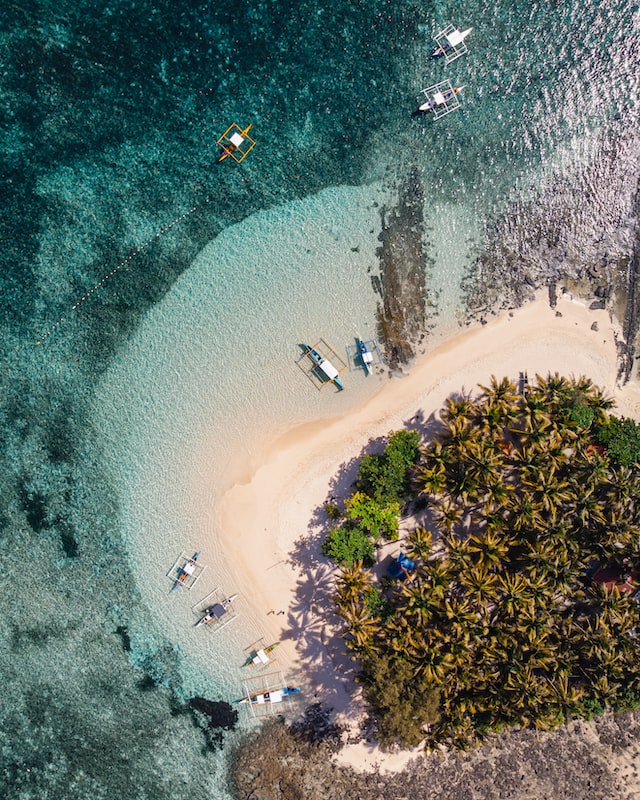
Siargao Island
Siargao Island is unquestionably a paradise for surfers, hikers, and all types of travellers. Commonly regarded as the “Surfing Capital of the Philippines” due to its world-class surfing conditions, the island is located in the northern part of Mindanao. But if surfing is not your go-to activity, Siargao is also open to other sports outside surfing, such as cave exploring and rock climbing, apart from the pristine beaches for any beach bums to revel in.
Vigan City
Vigan, founded in the 16th century, is Asia’s best-preserved example of a planned Spanish colonial town. Located in the northern part of Luzon, this UNESCO World Heritage Site’s architecture represents the fusion of cultural aspects from other parts of the Philippines, China, and Europe, resulting in a culture and townscape unique in East and Southeast Asia.
The historic city of Vigan is exceptional considering much of its Hispanic colonial identity has been retained, notably its grid street system and old urban layout. Its significance is also based on how the many architectural styles are integrated to create a cohesive townscape of this once-important trading port.
Batanes Islands
The Batanes Islands in the Northern Luzon area are a group of islands famed for their majestic landscapes. Among the ten islands, only three are inhabited: Batan, Sabtang, and Itbayat. Swimming, snorkelling, diving, lighthouse tours, motorcycling, and excursions to century-old Ivatan dwellings are all available.
Furthermore, the island’s distinct culture of the earliest inhabitants, the Ivatans are intriguing. Batanes and the Ivatans are serene, contemplative, orderly, and calm. The Ivatans live in harmony with nature, and they cherish their natural legacy with a spiritual zeal. They see the land as the source of their well-being and are committed to sustainability.
Tons more tourism destinations are to be included. Nonetheless, these ten sites make up a good start to your Philippines adventure.
Entering the Philippines
Foreigners who wish to travel to the Philippines must obtain a visa before they arrive. The type of visa required will depend on the purpose of the trip and the length of stay. For example, tourists can apply for a 30-day visa. Applications can be done through the Philippine embassy or consulate in their home country or through the online platform known as the Electronic Travel Authorization (ETA) system,
To apply for an ETA, travelers will need to complete an online application form and provide some basic personal information, including their name, address, and passport details. Once the application has been submitted and approved, the traveller will receive an electronic travel authorisation, which will allow them to enter the Philippines for a period of up to 30 days. Do note that the ETA is not a visa, but rather a travel authorisation that allows the traveller to enter the Philippines.
Visit the website at https://www.philippinesvisa.com/etravel-registration/ to apply for an ETA. The website provides detailed instructions on an ETA application and includes a step-by-step guide on how to complete the online application form.
Allow time for processing to fully enjoy all the amazing sights and experiences that the Philippines has to offer.


